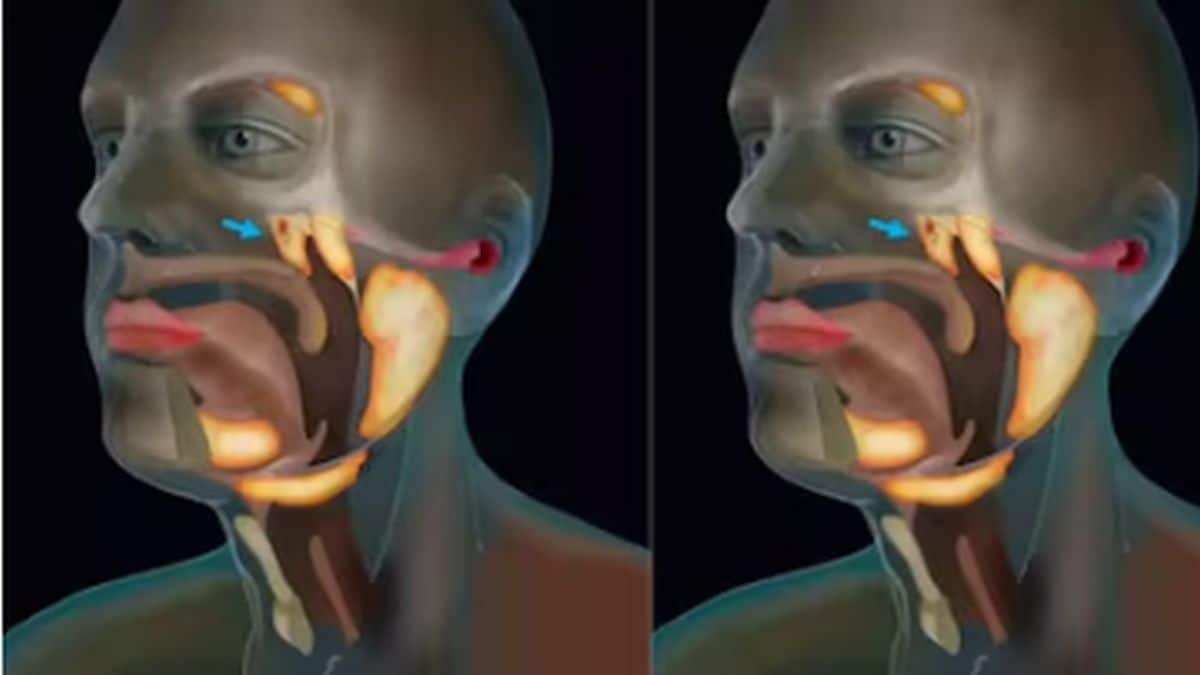Shoulder pain is a common and disabling complaint made by people of all ages across the world. Often also associated with neck pain, shoulder pain is one of the main causes of lifelong disability in young people. This is partially because shoulder pain and related problems often start at a very young age but are too mild and unspecified to promote early diagnosis or treatment. Why your aching shoulder matters A study published in BMC Public Health in 2019, for example, found that school-going children between the ages of seven to 12 years developed neck and shoulder pain due to desk-chair height disparities, improper inclination of the chairs, too much homework and difficulties in viewing the classroom board. While this study was based in Iran, similar global or national studies are scarce, indicating that shoulder pain is one disabling issue that only comes to attention after years of overuse, neglect and dysfunction make the problem acute. If you do experience shoulder pain, especially recurring or chronic shoulder pain, in your 20s or 30s, you should take it seriously and try to determine the underlying cause before it leads to further disability. Remember, chronic shoulder pain can not only limit your range of motion but also make regular activities like picking up your kids or carrying a bag of groceries more difficult. This type of chronic pain can severely affect your quality of life; it’s best to understand the underlying causes and prevent or treat them in time. Improper posture, digital device use and pain Improper posture is considered to be the most common underlying cause of chronic shoulder pain. This suggests that the chairs you sit on and the positions you unconsciously sit in during the day and sleep in during the night matter immensely. Postural reasons behind shoulder pain may also be on the rise due to the ever-increasing use of digital devices for education, work and leisure. A study in the Hong Kong Physiotherapy Journal in 2018 shows that abnormal head flexion angle, head tilt angle and forward head shifting while using smartphones, especially in a sitting position, can contribute to musculoskeletal disorders that cause acute neck and shoulder pain. Another study in PLoS One in 2019 suggests that duration of digital device matters just as much as the posture you sit in while using them. This study suggests that those who use digital devices for seven to nine hours a day are more likely to suffer from chronic shoulder pain. Anatomical and musculoskeletal causes of pain Apart from posture, a number of anatomical and musculoskeletal problems may lie behind your shoulder pain. The American Academy of Orthopaedic Surgeons says that the shoulder is made up of several joints, tendons and muscles that facilitate a wide range of motion. A problem in any of these key parts can cause both temporary and chronic shoulder pain. The following are some such causes of shoulder pain you should be aware of. 1. Tendinitis A tendon is a cord that connects muscles to bones and any inflammation in the tendons can cause tendinitis. Activities that involve repeatedly throwing your arm above your head can cause acute tendinitis, while degenerative diseases like arthritis can lead to chronic tendinitis. The most commonly affected tendons in the shoulder are the four rotator cuff muscles and the bicep tendons. Physiotherapy can help alleviate tendinitis to some extent. 2. Bursitis Bursae are small, fluid-filled sacs that act as cushions between the bones and overlying soft tissues that help reduce friction between muscle and bone. Excessive use of the shoulder leads to inflammation and swelling of the bursae between the rotator cuff and shoulder blade, causing subacromial bursitis. Rest and application of an ice pack can reduce the bursitis symptoms. 3. Tendon tears Sudden and forceful movements, excessive use or an injury can cause the tendons to fray and tear. Such tendon tears may be partial or complete, where the latter indicates the complete separation of the tendon from the bone - which is naturally more painful. Rotator cuff and bicep tendon tear injuries are amongst the most common of these. Rest, cold pack application, over-the-counter pain medication and avoiding activities that worsen the pain is advised. 4. Shoulder instability Shoulder instability refers to the complete or partial dislocation of the upper arm bone from the shoulder socket. If such a dislocation occurs even once, it loosens the joints, tendons and muscles and dislocations can then recur. The guidance of an orthopaedic surgeon and a physiotherapist is a must if you have any shoulder instability. 5. Arthritis There are many types of arthritis and some like rheumatoid arthritis and osteoarthritis can show up at a young age. These are degenerative as well as chronic diseases so a combination of lifestyle changes, medications and exercise or physiotherapy is recommended to manage the symptoms. For more information, read our article on Shoulder pain. Health articles in Firstpost are written by myUpchar.com, India’s first and biggest resource for verified medical information. At myUpchar, researchers and journalists work with doctors to bring you information on all things health.
The shoulder is made up of several joints, tendons and muscles that facilitate a wide range of motion and a problem in any of these key parts can cause both temporary and chronic shoulder pain
Advertisement
End of Article


)

)
)
)
)
)
)
)
)



